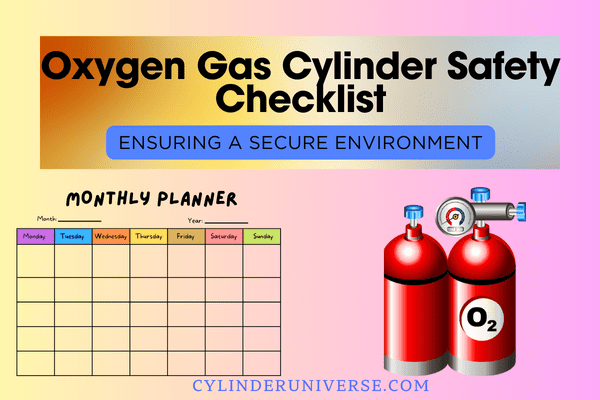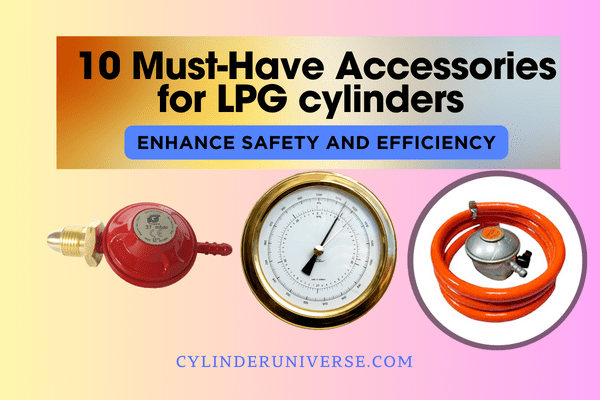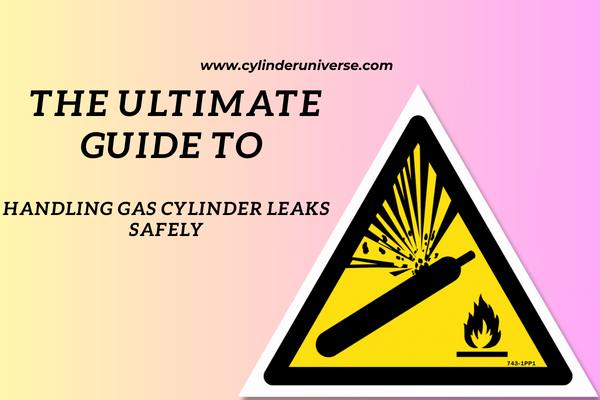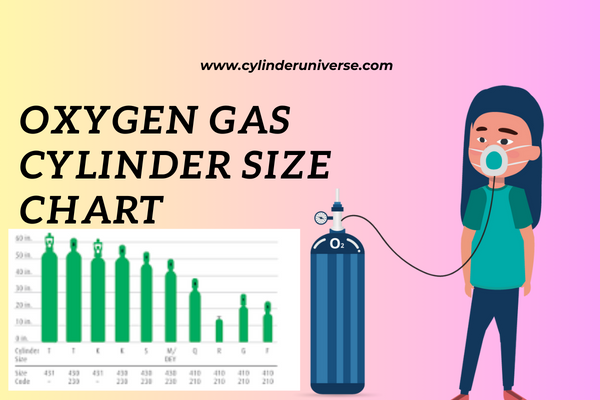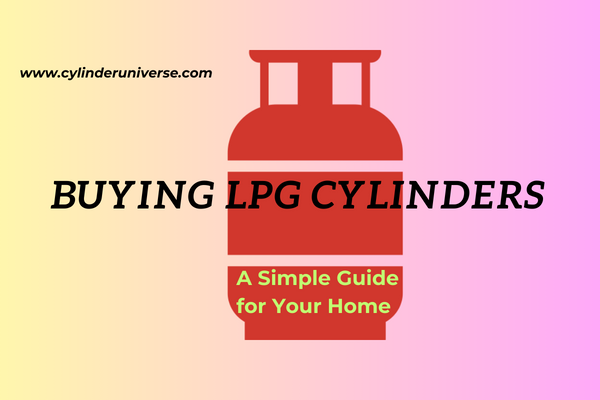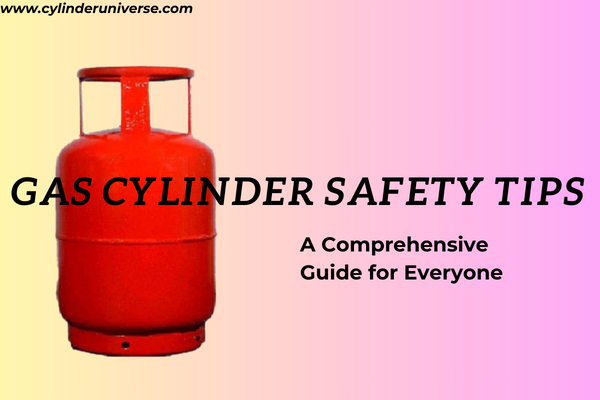Choosing the Right Oxygen Gas Cylinder: A Comprehensive Guide
In a world where health and safety are paramount, having the right equipment at your fingertips can make all the difference. When it comes to medical needs or industrial applications, choosing the right oxygen gas cylinder is crucial. In this article, we’ll delve into the key factors you need to consider, guiding you through the process with simplicity and clarity.
Table of Contents
Understanding Your Oxygen Needs
Before delving into the world of oxygen cylinders, take a moment to assess your specific requirements. Are you using it for medical purposes, welding, or another industrial application? Understanding your needs is the first step in making an informed decision.

Types of Oxygen Gas Cylinders
Not all cylinders are created equal. From compressed gas to liquid oxygen systems, each type serves a different purpose. Explore the various options to find the one that aligns with your intended use.
Size Matters: Finding the Right Fit
Selecting the appropriate size is more than a matter of convenience; it’s about ensuring you have an adequate supply without unnecessary bulk. Consider your usage patterns and the cylinder’s intended location.
Material Matters: Cylinder Composition
The material of the cylinder affects its weight, durability, and even its compatibility with certain gases. Dive into the details of cylinder composition to make an informed choice.
Portability and Ease of Use
Whether you’re on the go or stationary, portability is key. Explore cylinders with user-friendly features that simplify transportation and usage.
Safety First: Valves and Regulators
Understanding the safety features of oxygen cylinders is paramount. Learn about valves and regulators, ensuring they meet industry standards and your specific safety needs.
Durability and Longevity
Investing in a durable cylinder pays off in the long run. Discover how materials and construction impact the lifespan of your oxygen cylinder.
Budget Considerations
While safety and quality are non-negotiable, budget considerations play a role. Find the balance between affordability and meeting your oxygen supply needs.
Caring for Your Oxygen Cylinder
Proper care ensures the longevity and efficiency of your cylinder. From storage tips to routine checks, learn how to maintain your equipment.
Choosing a Reputable Supplier
The source matters. Selecting a reputable supplier guarantees the quality and authenticity of your oxygen cylinder. Explore reviews and testimonials to make an informed decision.
Environmental Impact of Your Choice
Consider the environmental footprint of your choice. Opt for eco-friendly options that align with sustainability goals without compromising on functionality.
User-Friendly Features to Look For
In a world filled with options, seek out user-friendly features that enhance your experience. From easy-to-read gauges to ergonomic design, every detail matters.
Beyond the Basics: Additional Accessories
Enhance your oxygen experience with additional accessories. From carrying cases to specialized attachments, explore options that cater to your specific needs.
Maintenance Tips for Long-Term Use
Ensure the longevity of your investment with proper maintenance. Follow our tips for routine checks and upkeep to keep your oxygen cylinder in optimal condition.
Conclusion: Breathe Easy with Your Choice
Choosing the right oxygen gas cylinder is not just about functionality; it’s about peace of mind. Consider your needs, explore the options, and make a choice that aligns with your safety and convenience requirements.
FAQs (Frequently Asked Questions)
1.Q: How do I determine the right size of the oxygen cylinder for my needs?
A: Assess your usage patterns and intended location, consulting with a professional if needed.
2.Q: Are there specific safety precautions for storing oxygen cylinders at home?
A: Yes, ensure proper ventilation, keep cylinders upright, and store them away from heat sources.
3.Q: Can I use any regulator with my oxygen cylinder?
A: It’s crucial to use a regulator recommended by the cylinder manufacturer to ensure compatibility and safety.
4.Q: Are there any environmental benefits to choosing a certain type of oxygen cylinder?
A: Yes, some cylinders have a lower environmental impact, promoting sustainability.
5.Q: How often should I perform maintenance on my oxygen cylinder?
A: Regular checks are recommended, with specific intervals outlined in the manufacturer’s guidelines.
Choosing the right oxygen gas cylinder is a significant decision that impacts your safety and well-being. By understanding your needs and exploring the diverse options available, you can make a choice that not only meets your requirements but also contributes to a safer and healthier environment. Breathe easy with the confidence that comes from making an informed decision.
In conclusion, investing in the right LPG Cylinder Accessories is a proactive step toward ensuring safety, efficiency, and longevity. From gas leakage detectors to eco-friendly options, each accessory plays a vital role in the overall performance of the LPG system. Prioritizing safety and making informed choices can transform the LPG experience for users.

